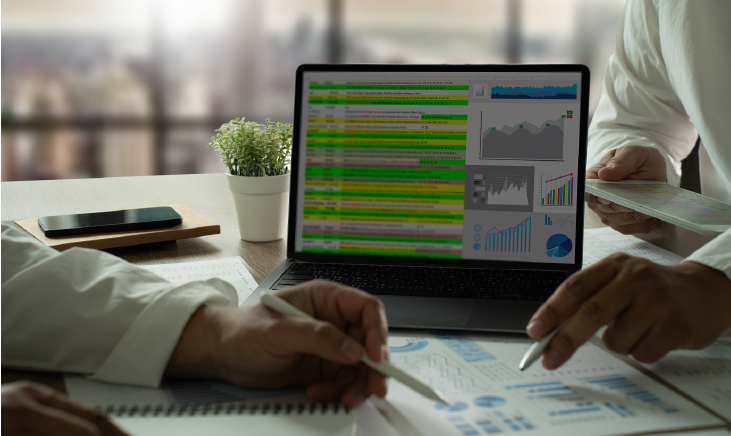
Customization: Data visualization tools and dashboard creation platforms offer a wide range of customization options, allowing users to tailor visualizations and dashboards to their specific needs and preferences. Customization options may include color schemes, chart styles, fonts, and layout designs.
- Interactivity: Interactive features such as drill-downs, filters, tooltips, and hover effects enhance the user experience and enable users to explore data dynamically. Interactivity allows users to interact with visualizations and dashboards, uncover deeper insights, and focus on areas of interest.
- Integration: Data visualization tools often integrate with various data sources and platforms, enabling users to access and analyze data from multiple sources in one place. Integration with databases, cloud storage services, and business intelligence platforms streamlines data access and enhances data connectivity.
Overview
Facilitates Understanding: Data visualization makes complex data more accessible and understandable by presenting it in visual formats that are easier to interpret and analyze.
Supports Decision Making: Visualizing data helps users identify trends, patterns, and correlations, enabling them to make informed decisions and take timely actions based on data-driven insights.
Enhances Communication:Visual representations of data are more engaging and memorable than raw numbers or text, making it easier to communicate findings and share insights with stakeholders and decision-makers.
Promotes Transparency: Dashboards provide a transparent view of organizational performance, allowing stakeholders to track progress towards goals, monitor KPIs, and identify areas for improvement.
Drives Business Performance: By providing actionable insights and real-time visibility into key metrics and trends, data visualization and dashboards empower organizations to optimize processes, enhance efficiency, and drive business performance.

